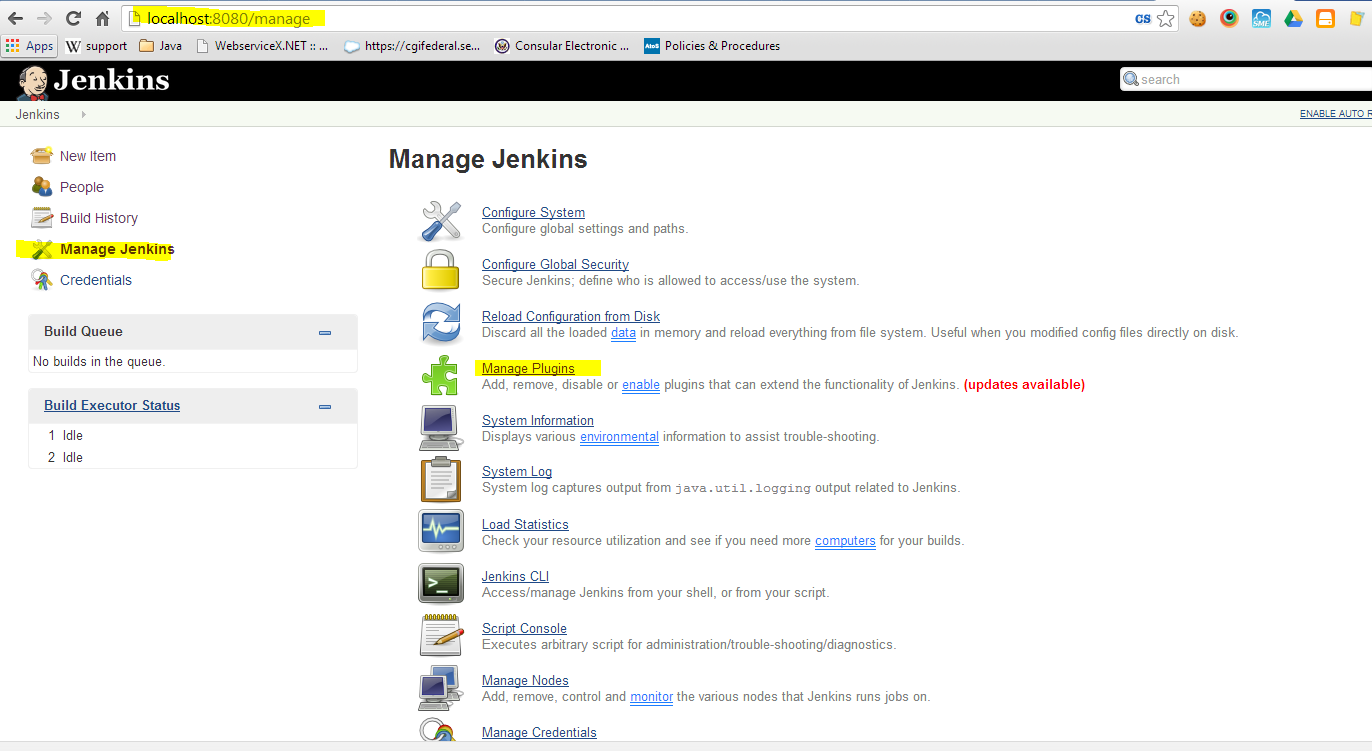Qtp Tools Options Folders

QTP10.com is a new and completely free website that offers help in all the versions of HP QTP (including latest version 10). More importantly, it offers free code for users of HP QuickTest Professioal. This site helps you in learning the basics of QTP and descriptive/advanced programming in (QTP) on various environments like -.Net, Infragistics, Web, Windows, etc. Note - This blog is NOT affiliated with / in any way.
The data/questions come from various sources and we have our own testing questions. I am just another Software Tester like you. You can create tests using the keyword-driven methodology, step recording, or a combination of both. The keyword-driven methodology enables you to select keywords to indicate the operations you want to perform on your application. Step recording enables you to record the operations you perform on your application. After you create your tests, you can enhance them using checkpoints and other special testing options. This section includes: • About Creating Tests • Deciding Which Methodology to Use - Keyword-Driven or Recording • Enhancing Your Test • Using Relative Paths in QTP About Creating Tests You can create tests using the keyword-driven methodology, step recording, or a combination of both.
Feb 08, 2009 QTP Relative Path For this example. Now go to Tools ->Options and go to Folders tab. Program Files Mercury Interactive QuickTest Professional Tests. How to Enable Tools ->Folder Options and Registry Editor in Windows - Many times Windows users face a common problem. The 'Folder Options' in 'Tools' menu is.
Creating tests using the keyword-driven methodology requires an infrastructure for all of the required resources. Resources include shared object repositories, function libraries, and recovery scenarios. Setting up the infrastructure requires in-depth knowledge of your application and a high level of QTP expertise.
Although setting up the infrastructure may initially require a longer time-investment in comparison to recording tests, using the keyword-driven methodology enables you to create tests at a more application-specific level and with a more structured design. This enables you to maintain your tests more efficiently and provides you with more flexibility than a recorded test. In some cases, you may want to let QTP generate test steps by recording the typical processes that you perform on your application. As you navigate through your application, QTP graphically displays each step you perform as a row in the Keyword View. A step is anything a user does that changes the content of a page or object in your application, for example, clicking a link or typing data into an edit box. Recording may be easier for new QTP users or when beginning to design tests for a new application or a new feature.
While creating your test, you can insert checkpoints. Windows Xp Sp2 Deutsch Full Version With Key. A checkpoint compares the value of an element captured when the object was saved in the object repository, with the value of the same element captured during the run session. Wa Toshiba Satellite L40 Driver.
This helps you determine whether or not your application is functioning correctly. When you test your application, you may want to check how it performs the same operations with different data. This is called parameterizing your test. You can supply data in the Data Table, define environment variables, instruct QuickTest to generate random numbers, and so on. Deciding Which Methodology to Use - Keyword-Driven or Recording You can create the steps in your tests using the keyword-driven methodology, recording, or a combination of both.
Recording Tests Recording can be useful in the following situations: • Recording helps novice QTP users learn how QTP interprets the operations you perform on your application, and how it converts them to QTP objects and built-in operations. • Recording can be useful for more advanced QTP users when working with a new application or major new features of an existing application (for the same reasons described above). Recording is also helpful while developing functions that incorporate built-in QTP keywords. • Recording can be useful when you need to quickly create a test that tests the basic functionality of an application or feature, but does not require long-term maintenance.